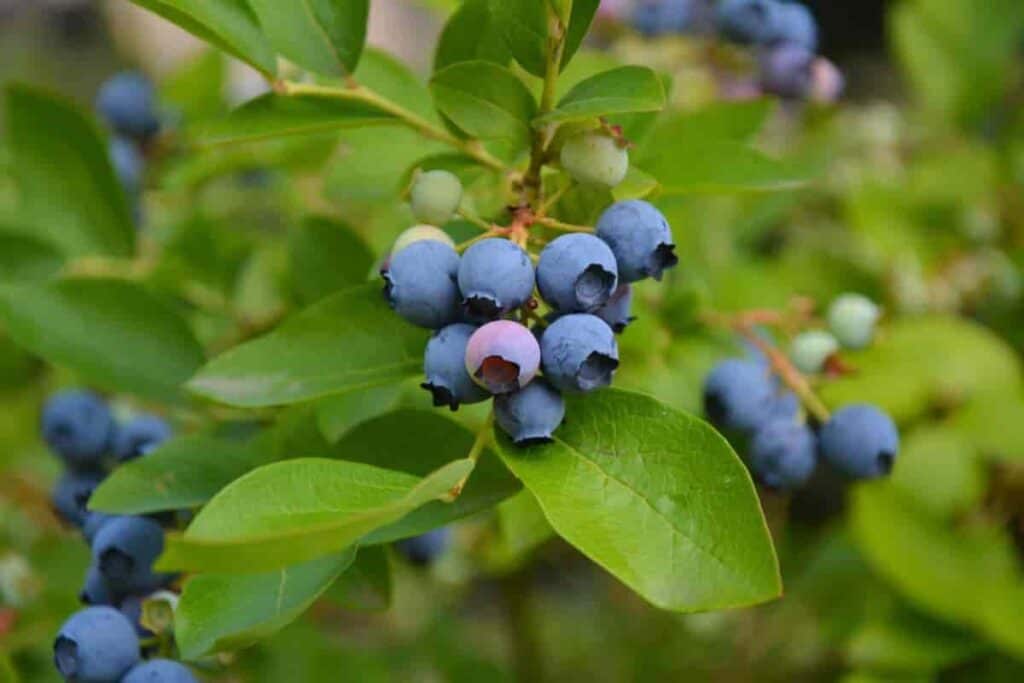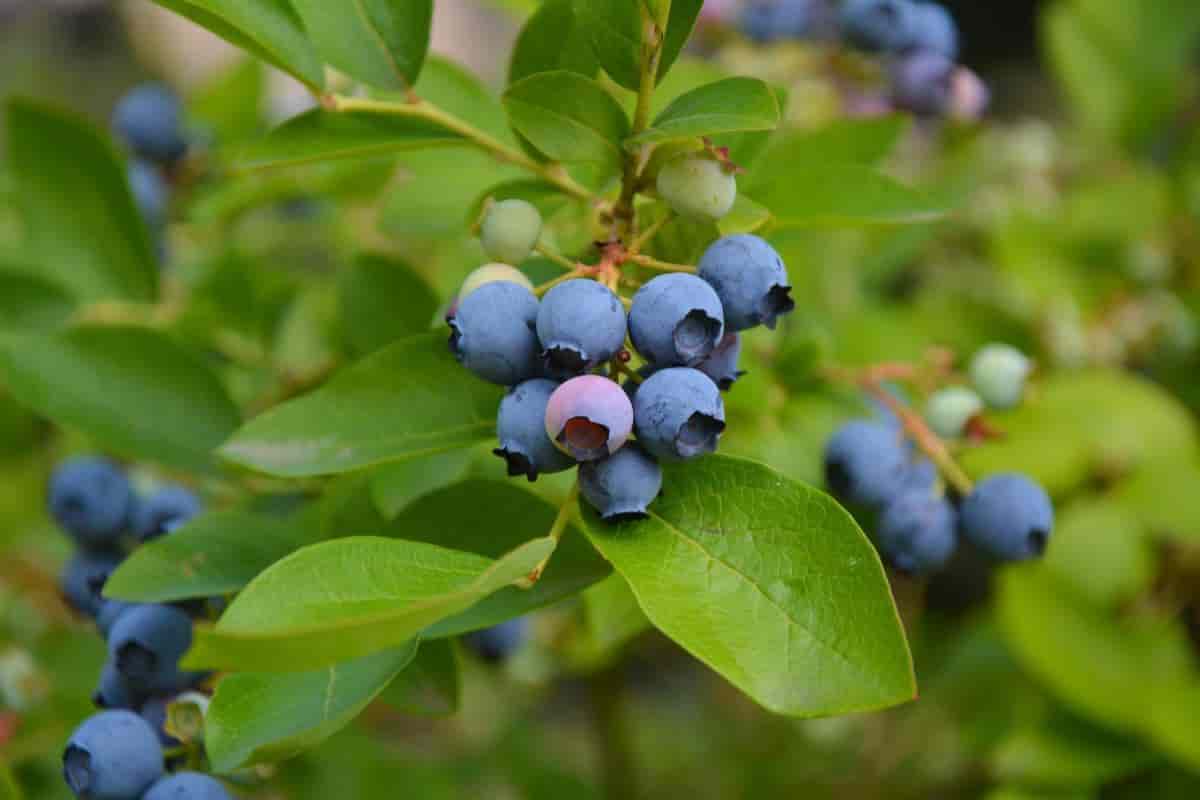The car you drive is both beautiful and useful. So is your home, your kitchen, and the bridge over which the highway crosses the river.
Why, then, have so many of you homeowners shied away from applying this same principle, combining utility with beauty in the landscaping of your homes?

Those of you whose limited ground space prevents you from having a separate fruit garden – and that includes most of you might well consider the use of fruits in your landscape plans.
There are fruits of all heights, shapes, and colors which you could use effectively either by themselves or in combination with ornamental materials.
How many of you can call to mind the delicious aroma of berries simmering on the stove in your grandmother’s kitchen? True, the modern housewife doesn’t look with much favor upon this messy job.
However, if this same housewife were able to open her kitchen door and pick a few quarts of strawberries or raspberries almost at her doorstep, wouldn’t she be tempted to make a little of her jam?
Berry Crops For Limited Planting Space
When planting space is limited, the berry crops are your best bet, particularly the strawberry.
The ever-bearing strawberry, the one that blooms and fruits all season long, will make an unusual and attractive edging for a perennial border or along a walk.
The glossy green foliage turns red when touched by frost, and the white blossoms and bright red fruit will add an interesting touch to any garden area.
If you use strawberries for an edging, you will want to discourage runners from establishing themselves.
This allows the parent plants to produce a maximum quantity of fruit and keeps the edging tidy. Since the ever-bearer tends to produce few runner plants, the matter of their removal is a small job.
Strawberries As Ground Cover
On the other hand, why not use strawberries as a ground cover on that slope that you just hate to mow? You can accomplish this by simply allowing the runner or daughter plants to develop at will.
The June-bearing varieties are preferable for ground cover since they are generally very prolific in producing runners.
Still, another way of utilizing strawberries is to set them in a barrel planter. The barrel is prepared by cutting several holes in the sides. The holes are made large enough so that when the barrel is filled with soil.
The plants can easily be planted in the holes and the open top. Such barrel plantings of strawberries can be effectively used on a terrace.
A hedge of raspberries, upright blackberries, or gooseberries will provide an almost impregnable, prickly barrier against two-legged and four-legged trespassers.
As you may know from your own sad experience, the four-legged ones can be pretty hard on shrubs and lawns.
Blueberries and currants, although not prickly, also make a good hedge. Any of these small fruits may be trimmed to maintain almost any height or form that you like.
Apples and Pears for Landscape Plan
The dwarf forms of our standard varieties of apple and pear can be used in the landscape plan and the crabapple. They range from 6′ to 10′ feet in height.
Dwarf apples are standard variety tops grafted generally on Mailing IX rootstocks, and dwarf pears are standard varieties grafted on quince roots.
When ordering dwarf fruit trees from the nursery, you must name the top variety and the rootstock you want. And in planting the dwarf tree, be sure to set the tree so that the graft union, which can easily be identified, is 2″ or 3″ inches above the ground level.
If the graft union was covered by mistake, the top variety would send out its roots and develop into a standard-sized tree rather than a dwarf.
For those who want something very different and are willing to spend some time learning the technique involved, there is the trellis-trained fruit tree or espalier. Dwarf trees are especially well suited for such training.
By careful pruning and tying to a form or trellis, you can shape an apple or pear tree into a “V,” a “U,” candelabra, or any other desired form.
Espaliers can be trained against the side of a building, a wall, or a fence.
Standard Peach Tree
The standard peach tree is another possibility for landscaping the home, particularly as a specimen plant on the lawn.
The peach forms a tree that’s about 10’ feet high. There is also some mild interest in developing a dwarfing rootstock for a peach that will make a tree about 6’ feet tall.
Red Leaf Peach
Another peach type that has shown promise for landscape use is the Red Leaf peach. Its leaves are a bright red, turning to deep maroon as fall approaches and providing a pleasing color contrast.
The plum forms a dainty little tree about the height of a peach or smaller and can be used in the landscape plan in the same manner as the peach. Its sweet-scented, white blossoms and the colorful fruit that follow are very worthwhile.
44659 by George M. Kessler
